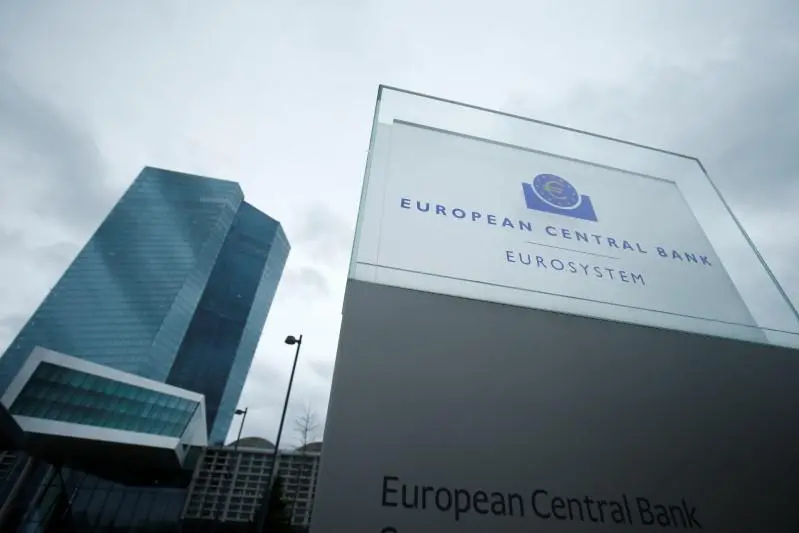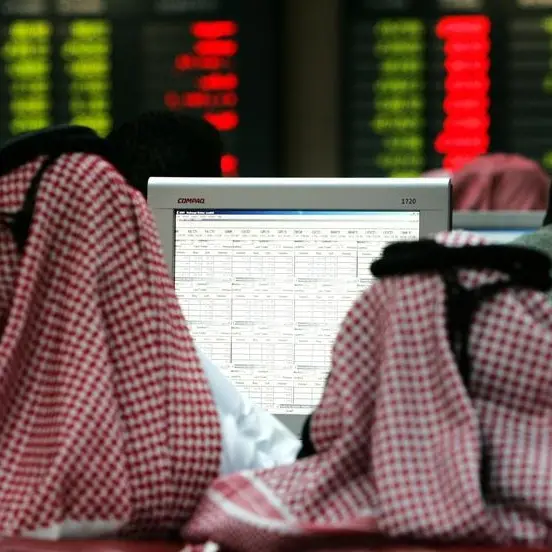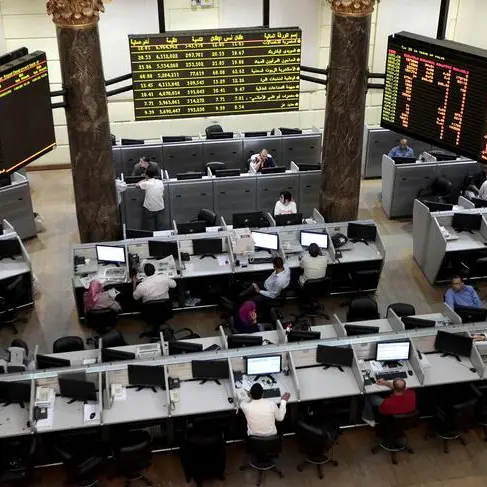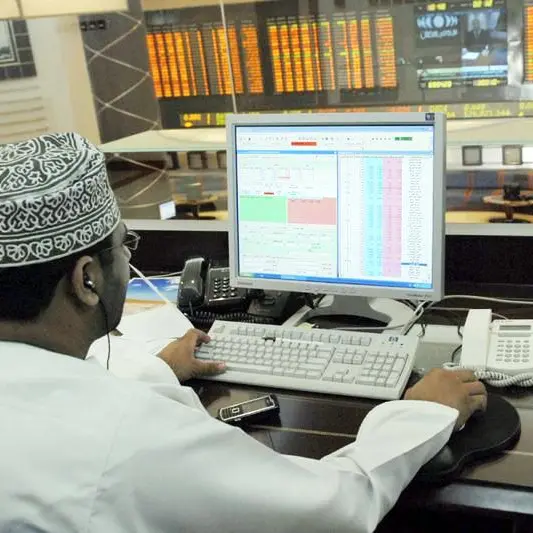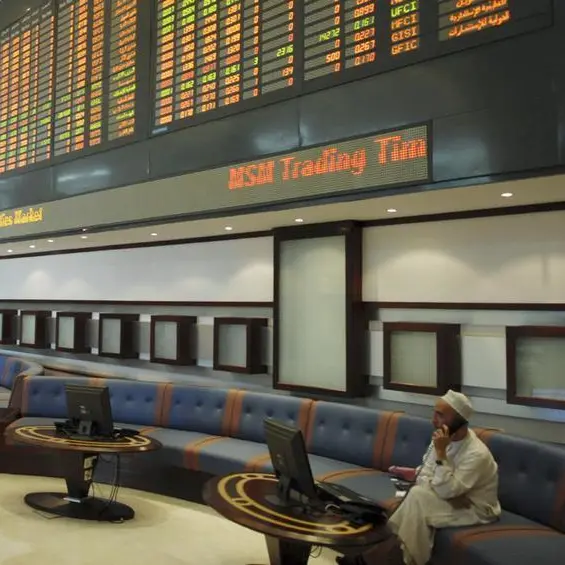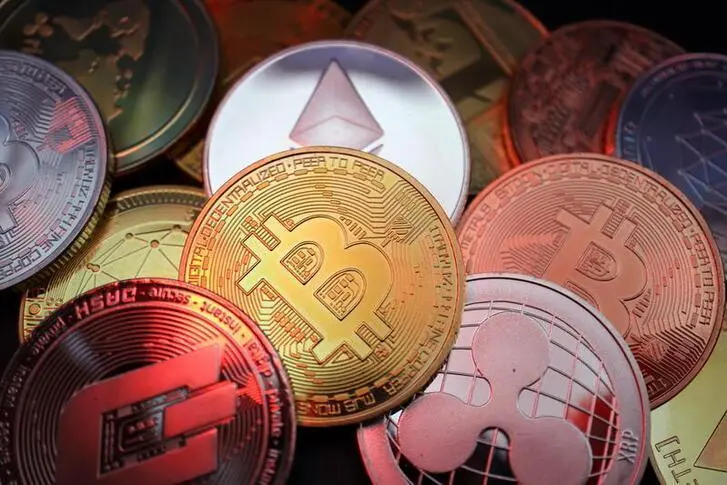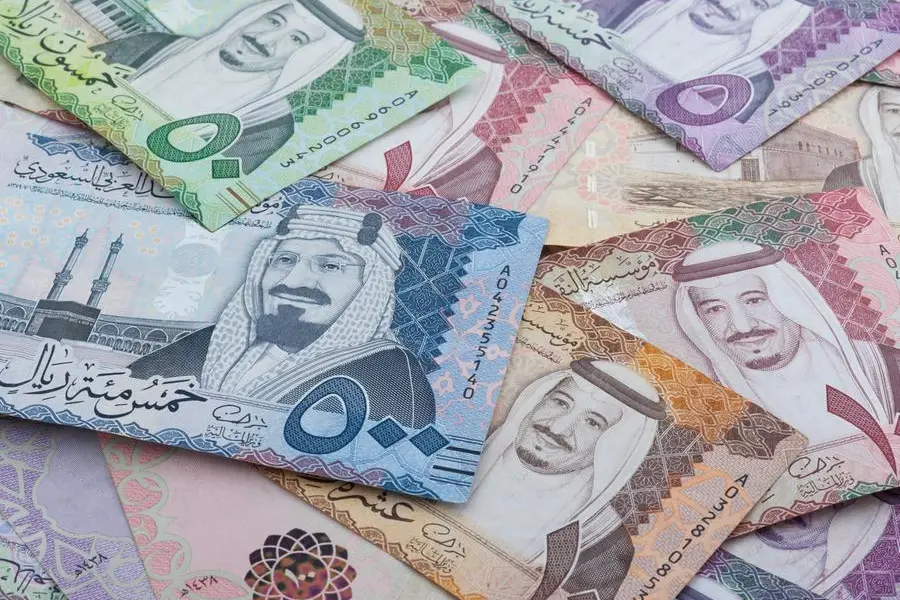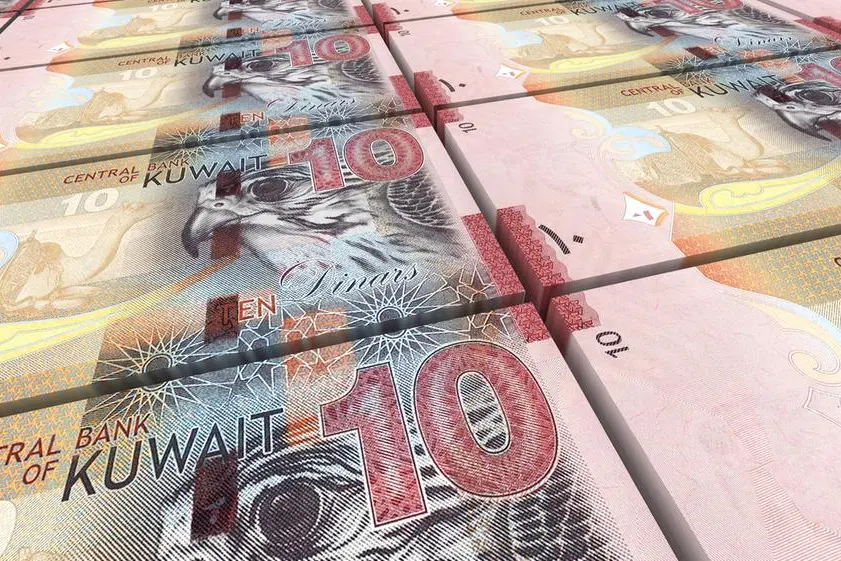PHOTO
Traders were bracing for a volatile European Central Bank meeting on Thursday, after stubborn U.S. inflation numbers had triggered the biggest global market selloff in months and left Japan's yen at a 34-year low.
Euro and bond dealers were feeling especially anxious ahead of the 1215 GMT ECB decision and 1245 GMT press conference after Wednesday's surprise U.S. figures had sent the dollar on its biggest tear in over a year against the single currency by quashing hopes of near-term Fed rate cut.
Europe's bourses had sagged in line with MSCI's main global index in morning trading, with focus on whether ECB chief Christine Lagarde bolsters expectations of a June cut that would open up a serious wedge with the Fed.
Bond markets were still struggling, after the 10-year U.S. Treasury yield - the main driver of global borrowing costs - had shot back above 4.5% in its biggest daily leap since September 2022.
It was now sitting at 4.55% while Germany's 10-year bond yield - the European benchmark - was up fractionally at 2.45%, after rising 6 bps on Wednesday although that was a small change compared to the 18 bps jump experienced by Treasury traders.
"The key driver now remains U.S. rates," Amundi's Co-Head of Emerging Markets/Fixed Income Sergei Strigo said, pointing to Treasuries ploughing up through the 4.5% level again.
"The question is whether we are going to stick to these levels or are going to go higher".
For ECB watchers, the bank has kept rates steady since September but has already signalled that cuts are coming into view, with policymakers awaiting a few more comforting wage indicators before pulling the trigger.
The currency bloc is now in its sixth straight quarter of economic stagnation and the labour market is starting to soften, an obvious contrast to the U.S. economy which continues to grow robustly.
"While there are limits to how much ECB policy can diverge from the Fed over time, there is nothing to stop the ECB from cutting first or setting its own pace of cuts early on in the easing cycle," Deutsche Bank's Jim Reid said.
However he also pointed to how markets cut the likelihood of an ECB cut by June back since the U.S. data shock. It was at around 75% on Thursday, down from 91% on Tuesday.
Likewise at the Bank of England, it fell from 74% to 56% on Wednesday Reid added, from 78% to 53% for the Bank of Canada and for the Reserve Bank of Australia it went from 25% to 21%.
INTERVENTION WARNING
U.S. stock futures were pointing down again after Wall Street had fallen around 1% on Wednesday. The tick up in Treasury yields ensured they stayed at their highest levels since November.
Overnight in Asia, MSCI's broadest index of Asia-Pacific shares outside Japan slipped 0.4%, paring some earlier losses, while Japan's Nikkei dropped 0.35%.
It was the beleaguered yen that was the main focus though, after the roaring greenback knocked the Japanese currency to a 34-year low of 153.24 per dollar.
It eased up slightly to 153.05 yen as the risk of government intervention potentially looms large now. Japan's top currency diplomat, Masato Kanda, warned on Wednesday that authorities would not rule out any steps to respond to disorderly exchange-rate moves.
"It's important for currency rates to move stably reflecting economic fundamentals," Japanese Prime Minister Fumio Kishida added on Thursday when asked about the yen's slide.
It may seem like an over-reaction to a U.S. inflation miss of less than a tenth of a percentage point, but the heated March consumer price update has jolted markets into doubting any U.S. interest rate cut before the November election.
In commodities, metal prices were resilient in the face of a strong dollar while oil held gains after advancing more than 1% following an Israeli strike that killed three sons of a Hamas leader, fuelling worries that ceasefire talks might stall.
Brent dipped 0.5% to just above $90 a barrel, and U.S. crude inched down to $85.70 per barrel. Gold prices gained 0.2% to $2,338.79 per ounce to keep them near this week's record high.
(Editing by Peter Graff)
